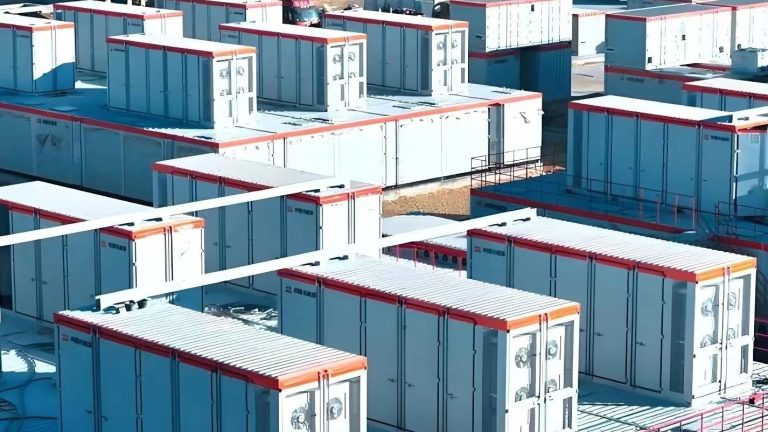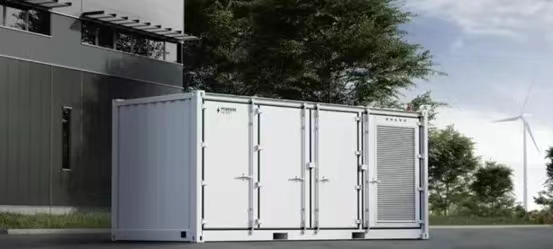Essential Vocabulary to Navigate the Growing ESS Market
Energy storage systems (ESS) are transforming the power sector, opening vast opportunities for technical traders and small-to-medium exporters. However, success in this industry depends on more than price negotiation — understanding key technical terms ensures you communicate clearly with manufacturers, integrators, and clients, avoid costly mistakes, and spot market trends early.
This guide covers 10 essential terms every technical trader should know in the ESS space.
1. State of Charge (SOC)
The percentage of battery capacity currently available relative to its total capacity. SOC indicates how much energy is stored at any given time and is critical for managing charge/discharge cycles.
2. Depth of Discharge (DoD)
The percentage of battery capacity that has been used. For example, a 90% DoD means 90% of the battery’s energy has been discharged. Higher DoD can reduce battery lifespan if not managed properly.
3. Cycle Life
The number of complete charge-discharge cycles a battery can undergo before its capacity falls below a specified threshold (usually 80%). A higher cycle life means longer battery usage and better ROI.
4. C-Rate
The rate at which a battery is charged or discharged relative to its capacity. For example, 1C means charging or discharging the entire battery in one hour. High C-rates can stress batteries and affect longevity.
5. Battery Management System (BMS)
An electronic system that monitors and manages battery health, temperature, voltage, and balancing to ensure safe and efficient operation.
6. Round-Trip Efficiency
The ratio of energy output from the battery compared to energy input during charging, expressed as a percentage. Higher efficiency means less energy loss during storage.
7. Hybrid Inverter
An inverter capable of managing multiple energy sources—such as solar panels, battery storage, and the grid—allowing seamless energy flow between them.
8. Energy Management System (EMS)
Software that optimizes energy use, battery charging, and discharging based on load, solar generation, and tariff data to maximize savings or self-consumption.
9. Peak Shaving
Reducing peak electricity demand by using stored energy, helping clients avoid high demand charges and balance grid load.
10. Grid-Tied vs. Off-Grid Systems
- Grid-Tied: Systems connected to the utility grid, allowing energy export or import.
- Off-Grid: Independent systems designed to operate without grid power, requiring larger storage capacity and backup sources.
Why These Terms Matter for Traders
Understanding these terms enables you to:
- Evaluate product specs and compare suppliers accurately
- Communicate technical needs clearly with manufacturers and clients
- Identify suitable products for different applications and markets
- Negotiate pricing with awareness of performance implications
Mastering this ESS vocabulary will boost your professionalism and improve your chances of success in the fast-growing energy storage export and integration market. If you want, I can help you create detailed product sheets or training sessions based on these terms.









